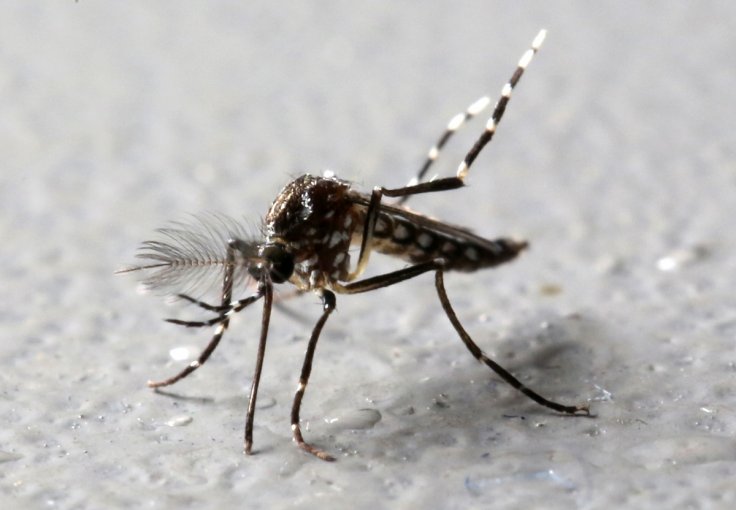
Researchers said on Wednesday that relatives of the Zika virus, especially West Nile, can spread from an infected pregnant mouse to her fetuses, causing brain damage and fetal death.
The findings in the latest study, published in the US journal Science Translational Medicine, suggested that Zika may not be unique in its ability to cause birth defects, such as microcephaly, or abnormally small heads.
"We only studied mice and human tissues, so we can't say for sure what happens when pregnant women are infected with these viruses," Jonathan Miner, Assistant Professor at the Washington University told Xinhua, the state news agency of China.
"But our findings suggest that it is possible that viruses related to Zika, such as West Nile, pose the same risk to developing fetuses that Zika does," Miner added.
Zika is mosquito-borne virus that was first identified in Uganda in 1947. But, its ability to induce birth defects was not recognized until the massive 2015 South American epidemic that sickened more than 1.5 million people.
Miner and his team wanted to find out West Nile Powassan, chikungunya and Mayaro, all of which, like Zika, belong to the flavivirus family. They also wanted to know if it could cause similar brain damage and fetal death.
The team of scientists injected female mice at day six of their pregnancies with one of the four viruses and examined the placentas and fetuses a week later.
Researchers revealed that all four viruses infected the placentas and fetuses. However, the levels of West Nile virus were 23- to 1,500-fold higher than those of the other three viruses in the placentas, and 3,000- to 16,000-fold higher in the heads of the fetal mice.
The brain tissue from West Nile-infected fetuses also showed severe damage under the microscope, but hile brain tissue from chikungunya-infected fetuses appeared healthy.
The scientists said that about half of the fetuses whose mothers were infected with West Nile or Powassan virus died within 12 days of infection. But, the fetuses from mothers who were infected of chikungunya or Mayaro did not die.
In a following test, human placentas were infected with one of the four viruses by the researchers. They found that West Nile and Powassan multiplied in human placentas while chikungunya and Mayaro did not show any such symptom.
According to the researchers, it is difficult to prove a link between West Nile and birth defects as the number of cases is smaller and infections are more sporadic.
In the US, thousands of people get infected by West Nile every year and most of them don't even know that they have it. But, about 1,000 people a year develop life-threatening brain infections that can cause persistent neurological problems.
(With inputs from IANS)









